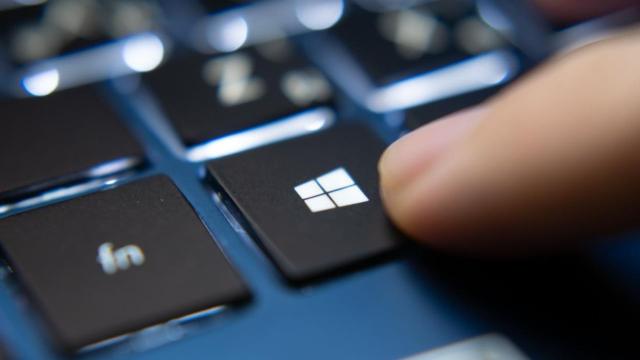Resetting your Windows PC can be a good way to clear out old junk files and help troubleshoot technical issues your computer is experiencing. In the past, you used to have to rely on physical disk media and ISO files to reinstall Windows. Now, though, Microsoft has made it much easier—you can reset your PC to get a fresh start, directly from the operating system and without completely reinstalling Windows. Here’s how to do it.
How to reset a Windows 11 PC
Reseting a Windows 11 PC only requires a few steps. Microsoft offers two options for resetting your PC—you can keep your files, which makes the process easier, or you can delete everything. If you want to delete everything and start completely fresh, make sure to back up any important files to an external drive and/or to your preferred cloud service before getting started.
Once you have everything backed up, go to Start > Settings > System > Recovery and then select Reset this PC.
At this point, you’ll be faced with the two options I mentioned before. If you want to keep your files and just reinstall Windows, choose Keep my files, select your preferred storage option (cloud or local), and change any other settings you see that you want to change. (If you aren’t sure about a setting, leave it set to default.) When you’re ready to continue, set Restore preinstalled apps to no and then continue through the process. If you don’t see Restore preinstalled apps in the settings, it means your PC didn’t come with any preinstalled apps that you can configure.
The process for wiping everything is pretty much the same, though you’ll have to confirm that you do indeed want to wipe all your files before continuing. Now all you need to do is let Windows complete the process, and then run through the setup to get everything back to where you want it.
How to reset a Windows 10 PC
Depending on which version of Windows 10 you are running, you will have to go about this process a little differently.
If you’re running a version of Windows 10 that is older than version 2004, you’ll need to utilize the Fresh Start option. Start > Settings > Update & security > Windows Defender > Device performance & health > Fresh Start. Next, select Additional info, then hit Get Started and follow the settings here.
If you’re running a version of Windows 10 that is newer than version 2004, follow these steps:
Start > Settings > Update & Security > Recovery > Reset this PC > Get Started. Select Keep my files if you want to start over with all your files still saved, or backup all your important files beforehand and choose to delete everything. Make sure to change Restore preinstalled apps to No and then click continue to finish the process and reset your PC.

Leave a Reply
You must be logged in to post a comment.